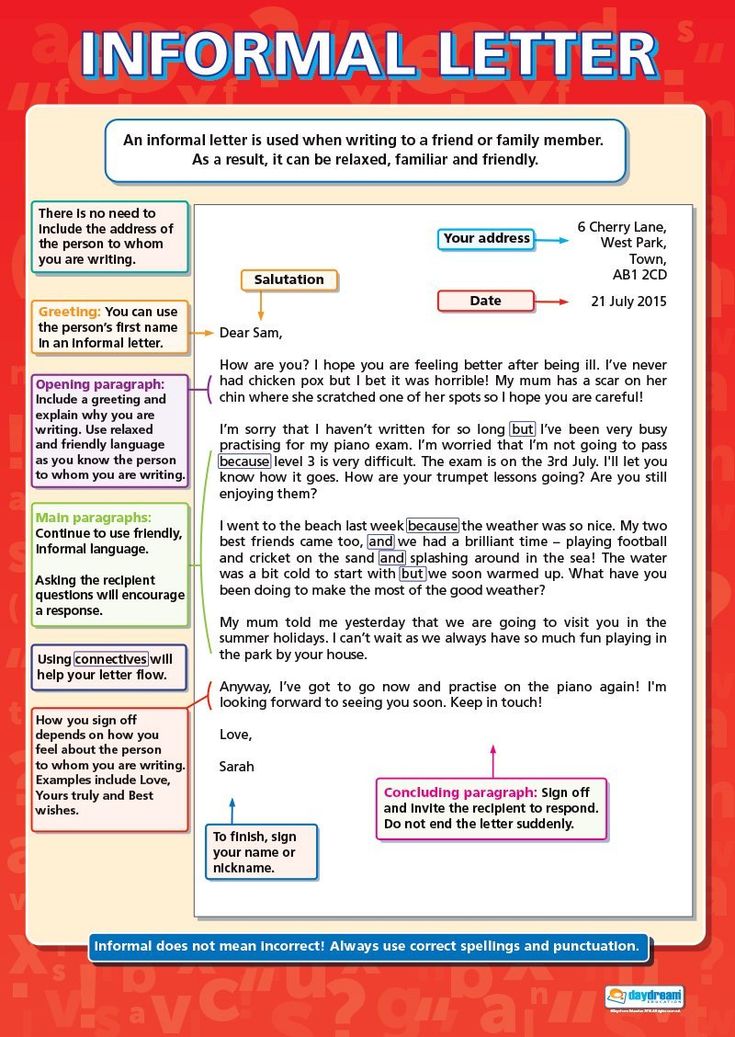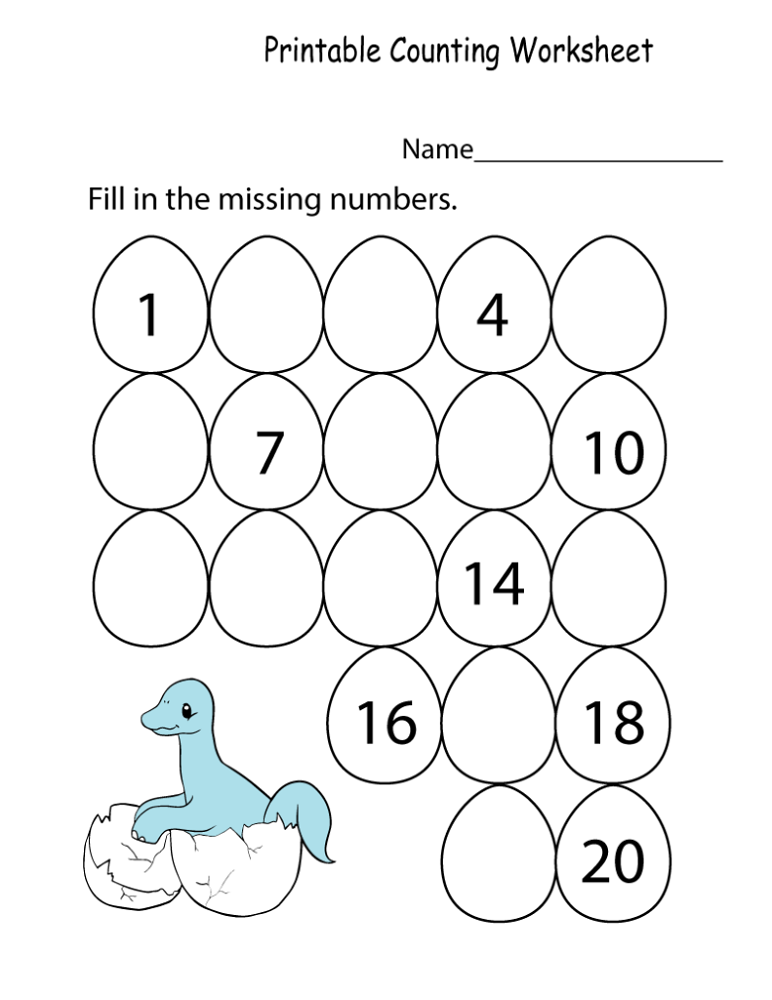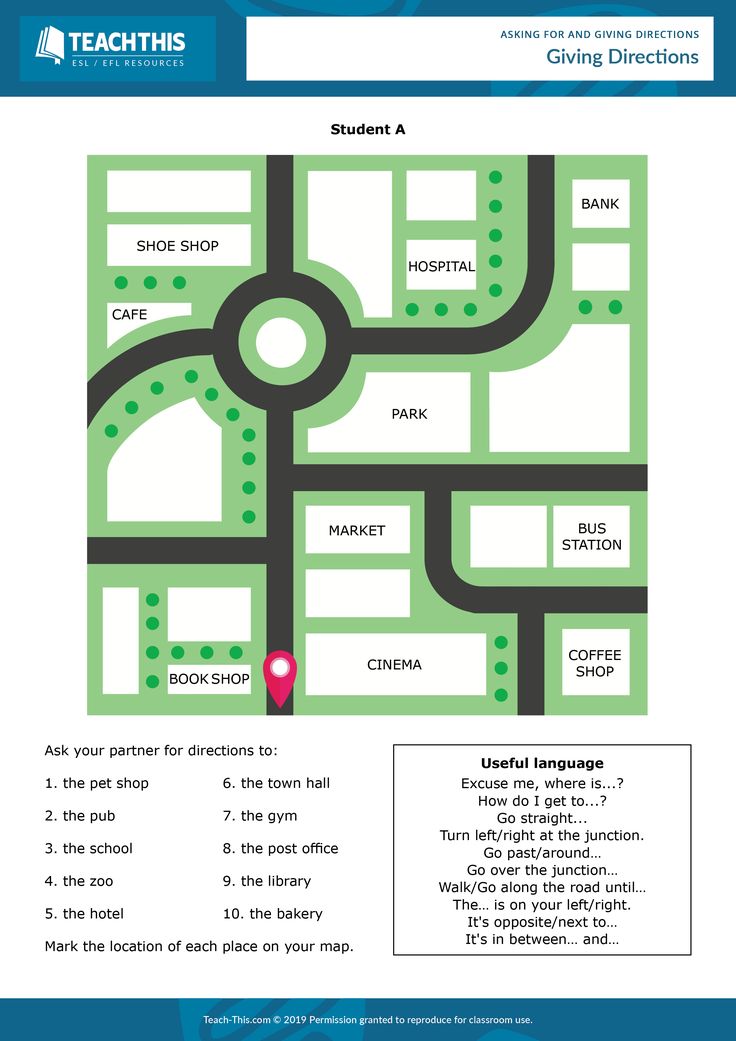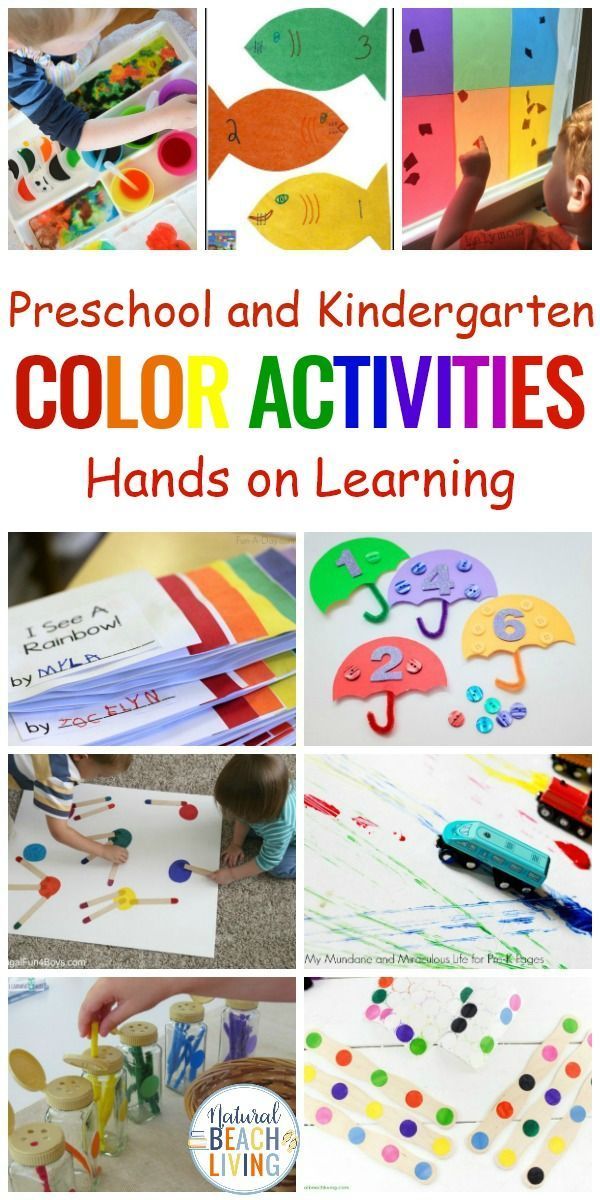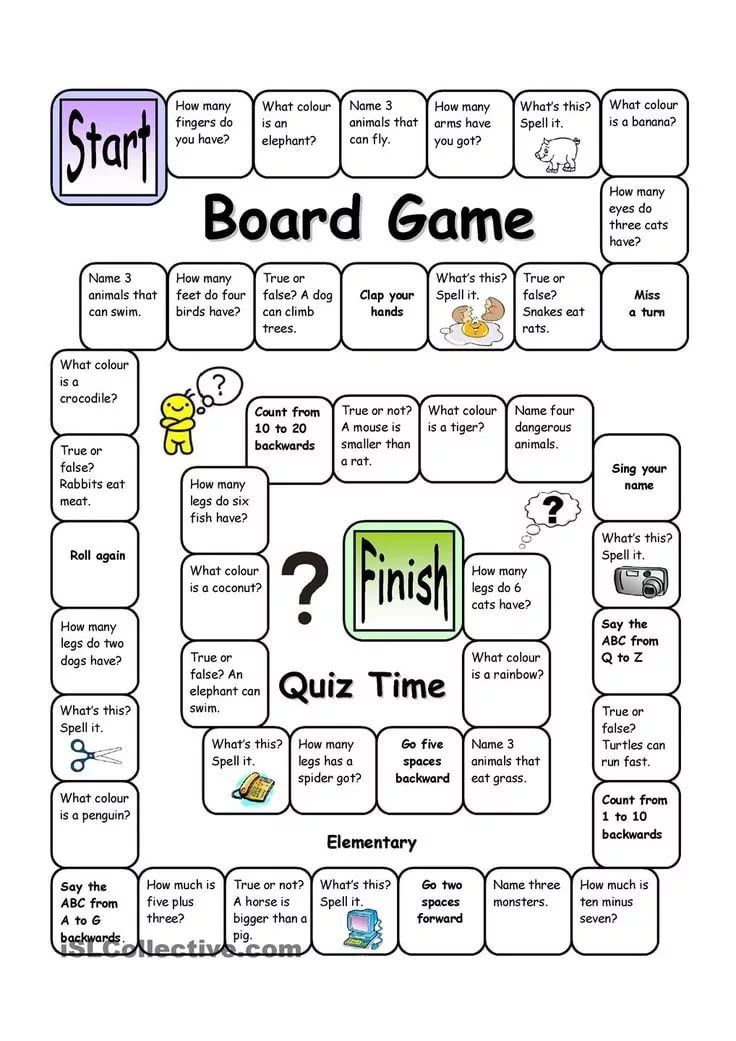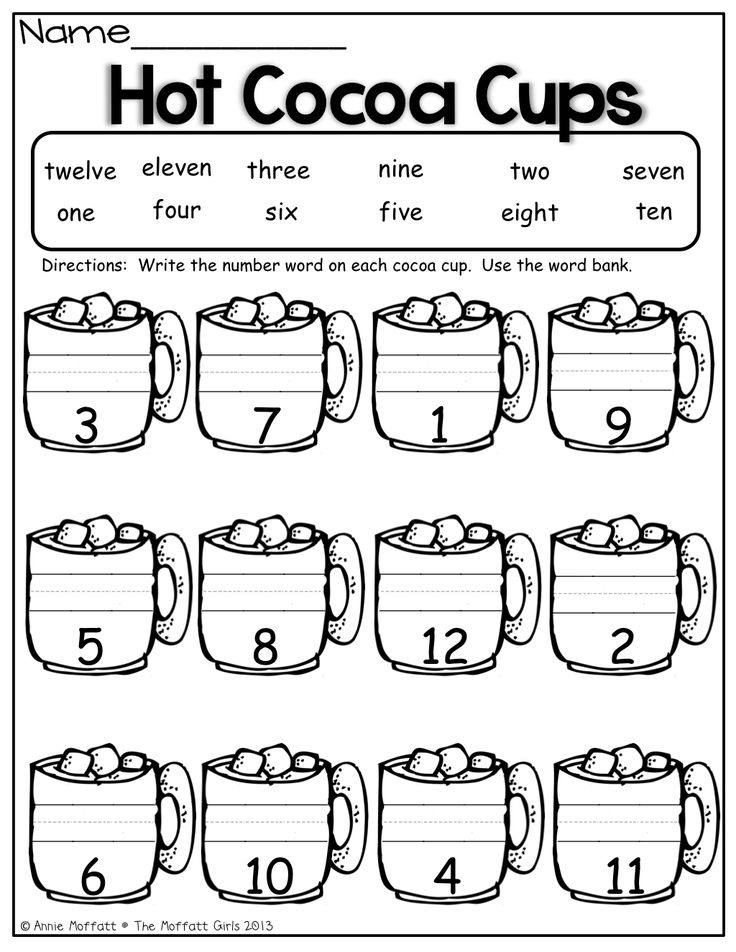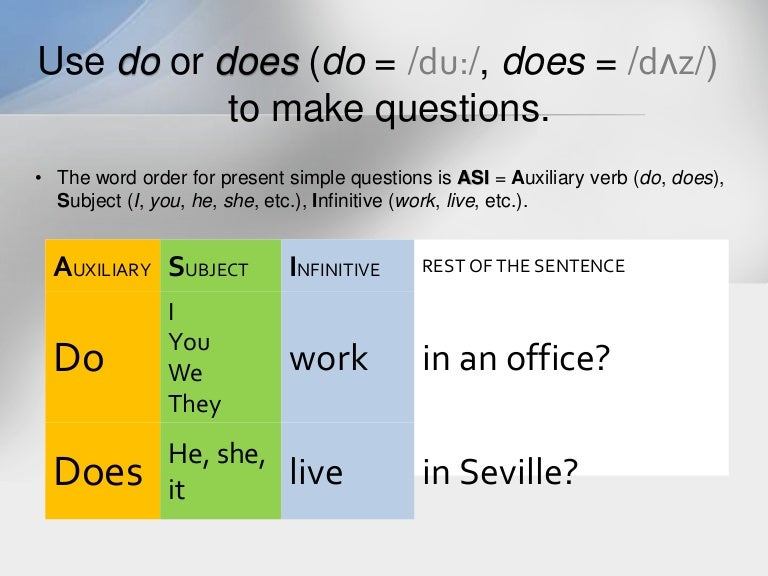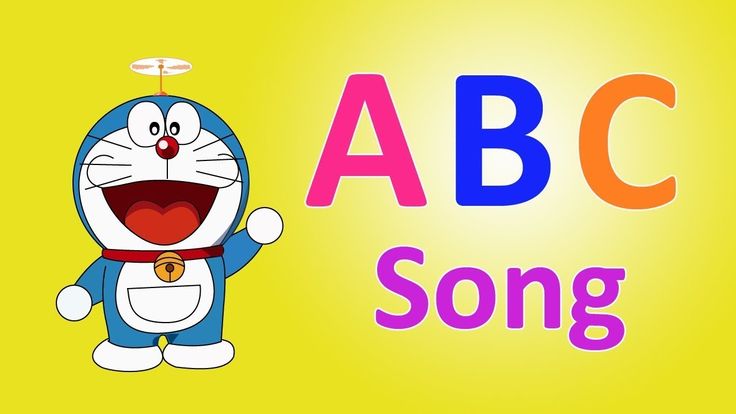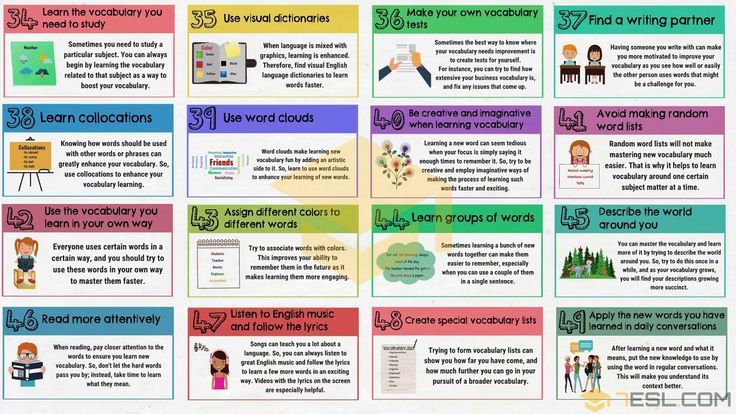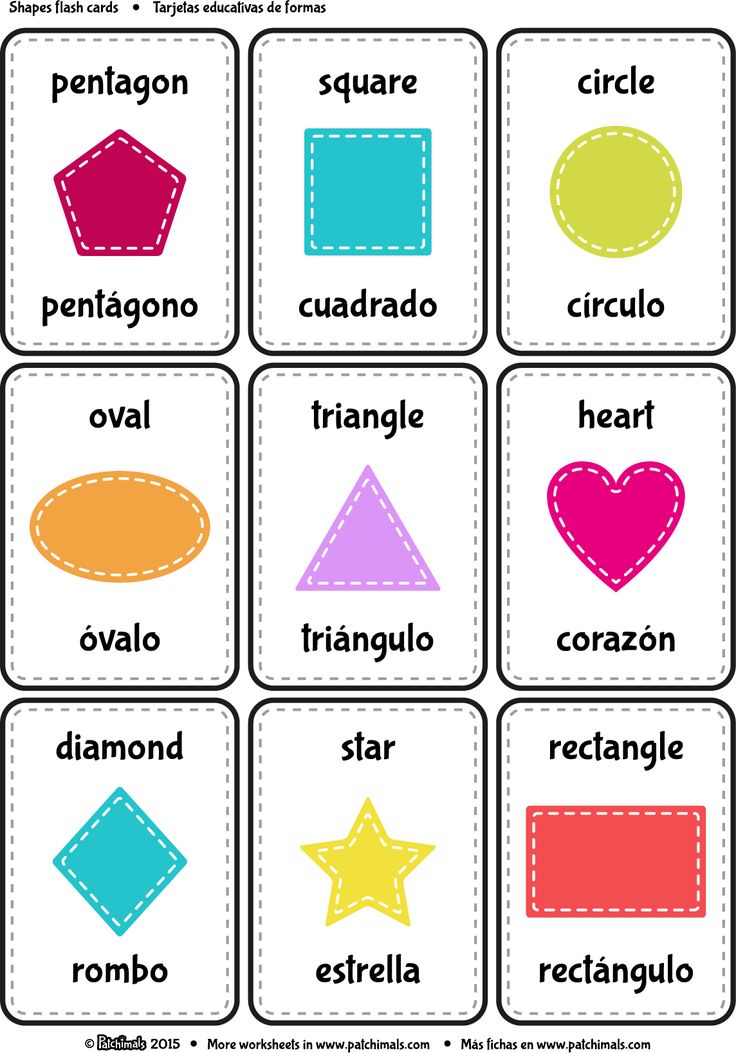Fun ways to sign a letter
Normal, Funny, Unique, and Loving ways to end your letters, notes, e-mails, conversations, tweets, posts….
I love lists…..
Normal:
Best/Warm wishes,
Confidently yours,
Kind regards,
Respectfully Yours,
With anticipation,
Hugs,
Kinds Thoughts,
Wishing you the best,
Write soon,
Your Friend,
Be good,
Be well,
Until next time,
Take care,
Take it easy,
Smiles,
Have a nice day,
Thanks:
Many Thanks,
Your the best,
In Gratitude,
Thanks a Million (1,000,000)
Thankley Dankley
With Heartfelt Thanks,
Funny:
Peace, love and pogo sticks (or whatever else…peace, love and bouncy balls),
I am, Sir, your most humble and obedient servant,
Thy humble servant,
Smell ya later,
May I always live to serve you and your crown,
Love, Peace, and Chicken Grease,
Did you fart?,
May the seed of your loin be fruitful in the belly of your woman,
Later Vader,
This message will self destruct in 10 seconds,
Take Care, Comb your hair,
May the gods guard your well being,
Cheers Big Ears,
Marking my spot,
I don’t like you,
Only you can prevent forest fires,
May the gods not smite you,
Confusion to our enemies,
All I ask is that you treat me no different than a Queen/King,
Sucka, what?,
Anything you can do I can do better,
Call me, or else,
you love me,
I had better get off the toilet now,
From the mind of a genius,
The price is wrong, biatch,
Sincerely, the self appointed/undisputed ruler of the world,
I didn’t mean anything I wrote,
with a side of,
later hosen,
The one with all the weapons,
Chowmein,
Made in America (or wherever)
Actively Idle,
Glad you got to meet me,
The man of steel,
Yours till…
Yours till the Hersheys’s Kiss
Yours till the candle sticks
Yours till the ice ages,
Yours till banana splits,
Yours till butter flies,
Yours till the kitchen sinks,
Yours till niagra falls,
Yours till the chocolate chips,
Yours till the cow mooooooooooooos,
Yours till the crow flies and the flies crow,
Yours till the tie dies,
Yours till the road kills,
Yours till the cat barks,
Yours till the lip sticks,
Yours till ice skates,
Yours till the lettuce peeks to see the salad dressing,
Unique:
Tag, your it!,
Stay tuned,
Peace, love, and unity,
Later Gator,
In anticipation of your valued response,
Ta ta for now,
Cheers,
Cheerio,
Your Pal,
Godspeed,
Shine on,
Rock on,
Love and Rockets,
Love and Lollies,
Toodles,
at your service,
Later tater,
Buh, bye,
Coo Coo, Cachoo,
I am,
Like it or not,
Whoop,
Enthusiastically,
G’day Mate,
All good, all the time,
Keep on rollin in the free world,
Keep on keepin on,
Love and Cross-Checks,
Fair thee well,
Solid,
Unquestioningly,
Tally ho,
See ya round like a donut,
I’m off like a dirty shirt,
I’m gone, ~Poof~
Strength, Love and Honor,
God save the Queen,
Don’t let the bed bugs bite,
There’s someone looking through your window,
Be good or be good at it,
May the god of dance smile upon your feet,
All good, all the time,
Rawr,
May your arrows fly straight and your aim be true,
Just another loonie off the path,
That’s all she wrote,
Cary on bravely,
*Elevator Music*
May fun characterize your evening,
The end,
With uncontained glee,
Copyright 2010,
Remember the Alamo,
There can be only one,
Bottoms up,
Scratch and Sniff,
My word is my bond,
Go and make disciples,
If you think it, it’s probably true,
Full of hot air,
pretend I folded this up and past it to you under the desk,
Power to the people,
May the sun shine on your conquest this day,
I need some closure,
so as it is written, let it be done,
Yours until further notice,
In my humble but accurate opinion,
burn after reading,
Your stalker,
Color Outside the lines,
I bow to your superiority,
Get it? Got it? Good,
May the good Lord take a liking to you,
Sweet:
May the road rise to meet you,
Over the river and through the woods,
May blessings and Smiles be yours,
Be Safe, Be Healthy, Be Happy,
It’s been real. .It’s been nice…It’s been real nice,
Peace and Progress,
My time is up and I thank you for yours,
Here’s to always having loving ways and perfect days,
Happy Trails to you,
Stay as you are,
Be well, do good deeds and keep in touch,
Movies:
Here’s lookin at you kid,
May the force be with you, (Star Wars)
Live long and prosper, (Star Trek)
Can you dig it?,
Lock and Load,
Over and out,
You don’t need to see my credentials, (Star Wars)
Mind you Manners, (Robin Hood)
Up up and away, (Peter Pan)
Rest well and dream of large women, (Princess Bride)
and that’s all I have to say about that (Forest Gump)
For Strength and Honor (Gladiator)
Take Care Now, bye bye then (Ace Ventura)
Different Language:
Vive la revolution,
Au reviour,
Pax Vobiscum (Latin for Peace be With You),Adieu,
Aloha,
Adios amigo (use “amiga” for a female letter recipient or “amigos” for a family or group),
Tschus (German for bye bye)
Carpe diem (Latin for seize the day)
Loving:
Kiss Kiss,
Devotedly,
Affectionately,
ever yours,
Love,
Yours Faithfully,
XOXO,
Love you now and forever,
With Love like the purely fallen snow – this could go in the funny list too ( :
Missing you with every breath,
Yearning for you,
Love you so much,
Yours regardless,
Always, Forever…plus a day,
Always in my thoughts,
Caught up in the rapture of your love,
Till Death do us part,
Hugs, smooches, and nibbles,
In your arms soon,
Your pet,
Love with all my body and soul combined,
Adoringly Yours,
Love you madly, need you badly, miss you sadly,
Hopelessly in love,
Even when your imperfect, your perfect for me,
Beams of rainbow rays shooting out of my love cannon,
Always by your side,
My heart is forever at your service,
You are always in my thoughts and I don’t mind,
Words aren’t enough,
Love to love ya baby,
Your #1 Fan,
Drowning in a whirlpool of love,
No, I love YOU more,
Anonymously,
Tara
45 Cool Email Sign-Offs That Generate Replies
Email sign offs might seem trivial to you, but are they really?
While it’s important to compose a well-crafted message body, the way you close a business email is equally important if you want to leave the reader with a positive impression.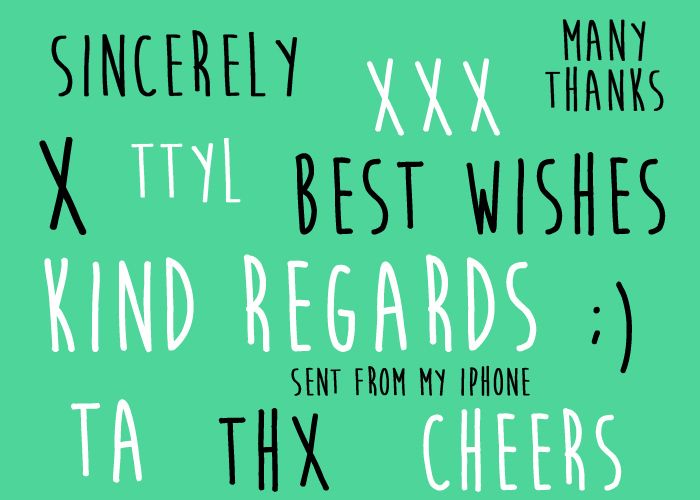
Does “best regards” sound out of date? Is a simple “thank you” too simple maybe? How about just skipping the whole sign-off thing? Definitely no! Learn why and how email sign-offs make a world of difference and how you can use them to increase your response rates.
Why your email sign off matters
The way you sign off in your email signature has an impact, whether you want the reader to take some sort of action or not.
According to a study of over 350.000 email threads by email productivity software provider Boomerang not only does a simple signoff at the end of your email improve the overall average response rate but using one that offers a sense of gratitude significantly improves the chances that someone will write back.
Moreover, emails that closed with a variation of “thank you” got significantly more responses than emails ending with other popular closings.
Source
No matter what you choose remember that an email sign off is the last impression you make on your reader.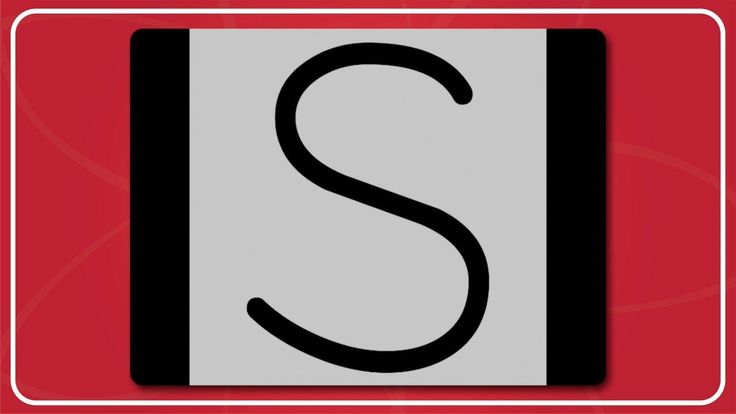 It’s the last thing they read and it determines how quickly they will respond – or whether they will respond at all.
It’s the last thing they read and it determines how quickly they will respond – or whether they will respond at all.
Think of it as the end of a conversation. Would you ever turn and walk away without another word after meeting a new business contact? No. Then why be rude in your emails?
Choosing the right one
In 2016, HuffPost and YouGov polled 1.000 readers about which is the most commonly used sign off and which is the most annoying one.
The results showed that only 17% of emails receive formal emails. The most commonly reported sign offs used by respondents were:
- Thanks (62%)
- Just a name (46%)
- Sincerely (44%)
As for annoying email sign offs, 41% of respondents think that emails are too informal to worry about your verbiage. Nevertheless, there are a few words that take the cake:
- Xoxo (24%)
- Peace (21%)
- Cheers (13%)
Email Sign-off Types
With email being one of the primary communication tools today, there are many different messages that you send during the day.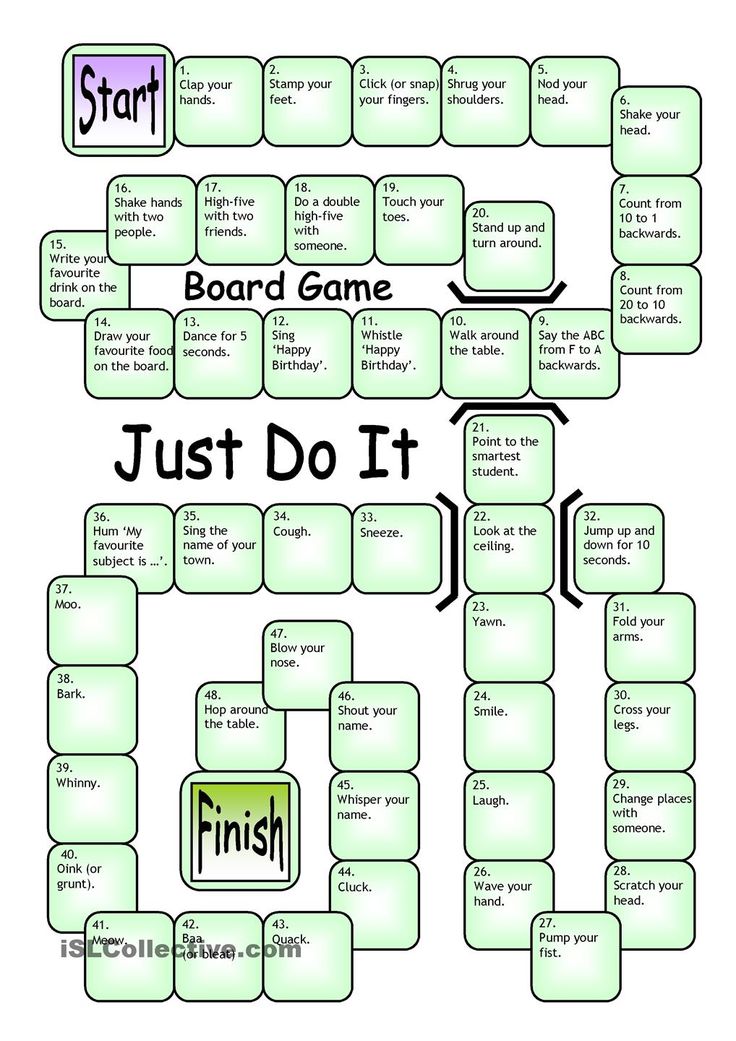
There’s the business email, the internal email, the semi-formal email, the friendly email, and the list goes on and on and on.
The Formal Business Email Sign Off
1. Regards
It can’t get any more professional! It works because it doesn’t set any expectations, but be careful when using it. Keep in mind though that it doesn’t sound especially kind some times. If used on the wrong occasion you might come across as not caring about the receiver or the opportunity you are writing about.
2. Best regards
A safe choice when you want to sound friendly towards someone you don’t know well.
3. Warm regards
Another polite way to end your email. This is one of the best email sign offs to use when more warmth is required.
4. Rgrds
Abbreviation of “regards” (duh) but it only seems lazy to me TBH. Come on, you can do it. You can type 2 more letters.
5. Yours sincerely
A classic letter closing we learned at school, perfect for a professional email to.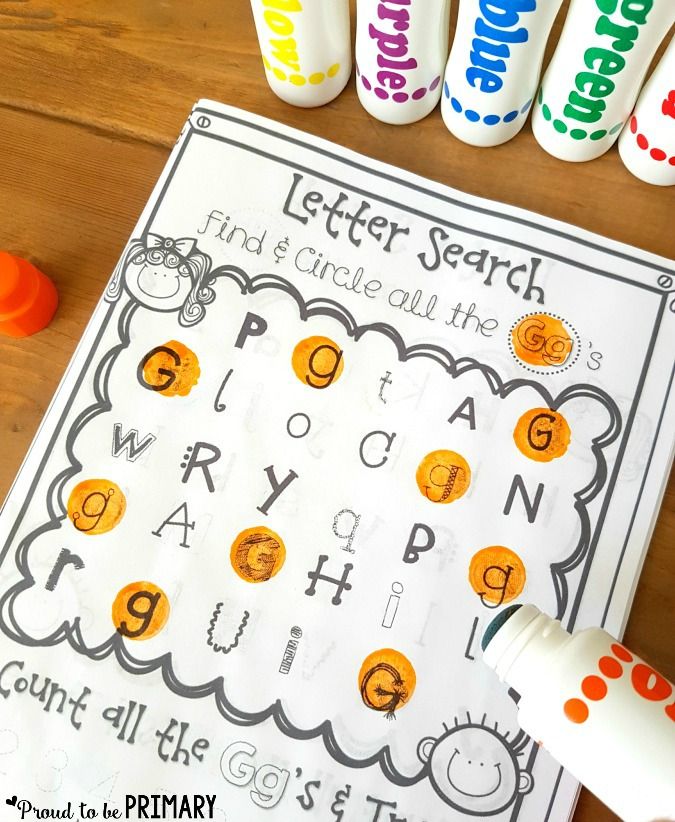 It might come off as stuffy though, so I would advise you to avoid it if you’re a small business and go for something a little less formal.
It might come off as stuffy though, so I would advise you to avoid it if you’re a small business and go for something a little less formal.
6. Best wishes
This one is a great formal way to end your email with just the perfect touch of friendliness. Make sure you only use it when it fits well with the whole tone of your message.
7. Cordially
This one adds an extra touch of formality and professionalism. I would suggest only using it if you’re emailing a new contact.
8. Respectfully
Very formal and even a little stiff, but a standard way to close a business email, especially if the receiver is in charge.
The Friendly Business Email Sign Off
9. Best
This email sign off is like a perfect closing passe-partout. It’s one of the most common email closings, formal and cheerful at the same time, but avoid using it if you want to give to your message a more dynamic and attention-grabbing tone.
10. My best
Not too different from the above, but sounds a little more personal, if that’s what you want to achieve.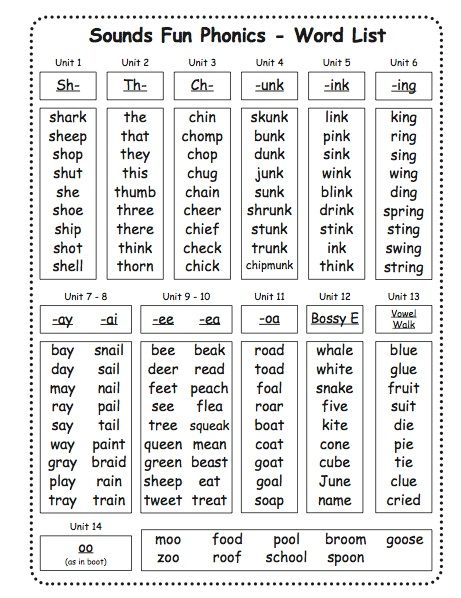
11. All the best
Suitable for both professional and more informal emails, “all the best” is a kind sign off, breeze but not too casual. Perfect for business emails with a relaxed tone.
12. As ever
If you’re writing an email to a colleague or someone you have an ongoing business relationship with, then this is the best email sign off. It’s friendly, while at the same time reassuring the receiver that things are fie between you too.
13. Cheers
Yeah, I know we said how it’s one of the most “annoying” email sign offs, but maybe you can pull it off! It’s got a cheerful vibe that fits well in emails to people you know well, but it can always seem a bit pretentious if you’re not British or Australian.
14. Peace
I actually roll my eyes when I see this one, but maybe this retro sign off works for you. Certainly has something to say about its sender.
Talk soon
Short and informal enough, but would only use it if I actually expect to talk to the person soon.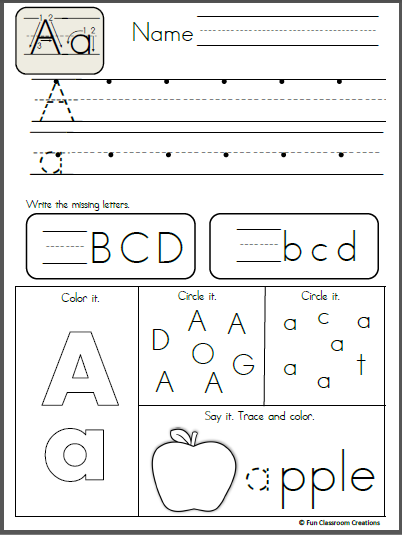
The Thankful Business Email Sign Off
15. Thanks in advance
We’ve already covered that one. Gratitude + expectations= highest response rates! However, thanking someone in advance may come across as too demanding, so use it wisely.
16. Thank you / Thanks
A simple thank you is genuinely grateful no matter what. Whatsmore, it can convey a tone of expectancy so use it when you want to imply that you expect the reader to take an action. Adding an exclamation point is a common practice and makes your email sign-off sound more sincere and enthusiastic.
17. Thank you! / Thanks!
In the right context, adding just one (please) exclamation mark seems to me like a frank, warm thankful sign off.
18. Thx
Another abbreviation which I’m not fond of, but I guess it makes sense when you’re replying to an email from your phone.
19. I appreciate your (help, input, feedback, etc.)
This one takes gratitude to the next level. Use it when you want to emphasize your appreciation for something the reader has done for you.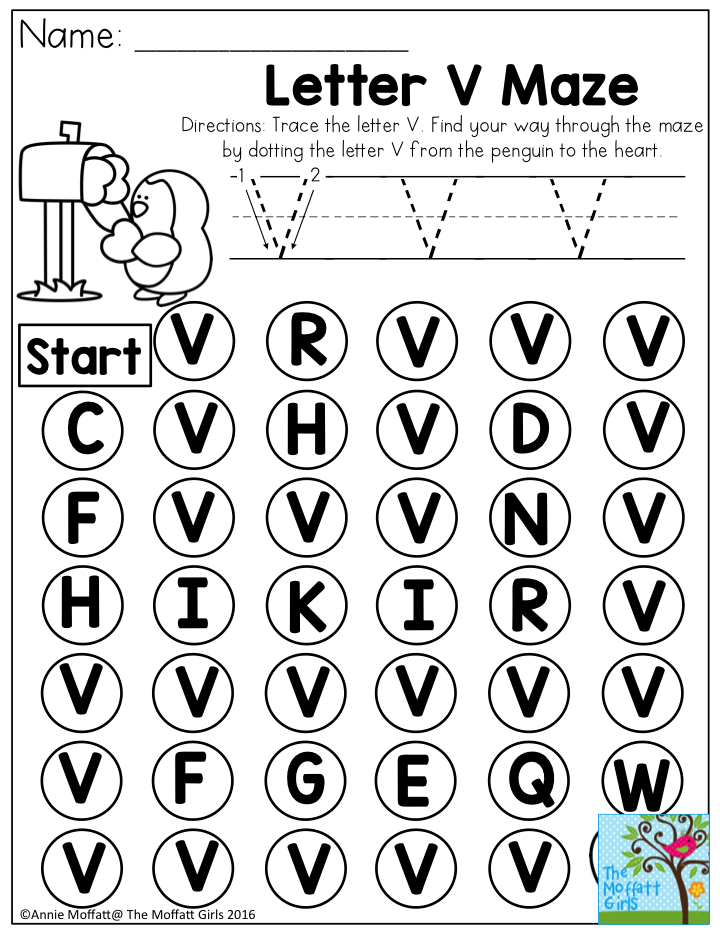
The Emotional Email Sign Off
20. Hope this helps
If you’re sending an email with some useful, or potentially useful information, then this is a great sign-off for you.
21. Have a great day
This one is my favorite! It’s actually semi-formal so keep it for the right occasion. Chances are it will put a smile upon your reader’s face.
22. Take care
You’re probably seeing this more and more due to the whole coronavirus thing. But it also makes for an excellent informal way to end an email, regardless of the circumstances. It’s friendly and conversational and great for using it to people you actually know.
23. To an amazing (time/week/weekend/rest of the week)
Positive and feel-good, this email sign off is great for people you know well and want to cheer them up.
The Complimentary Email Sign Off
24. Stay awesome
Who doesn’t love a little flattery? Charm your reader with some good words and they most probably will feel obliged to reply!
25.
 Great working with you
Great working with youIf you’re sending an email to someone you did business with, it’s always a good practice to let them know you enjoyed working with them. This way you keep the door open for future collaboration.
26. Keep up the good work
Happy for someone’s work for you? Give them a pat on the back with an encouraging email sign off with just the right mix of flattery.
27. You’re an inspiration
Say it only when you mean it. Save it for someone that has done something inspiring or helped you look at things in a different way.
28. Congrats
A great “pat on the back” kind of email sign-off. It’s obvious when to use this one.
The Appreciative Email Sign off
29. Thank you for [something specific they did to help you]
Saying “thanks” is one thing. But expressing your gratitude is totally different. If you feel like someone helped you on something specific, just say it.
30. Thank you for taking the time to [what they did for you]
Showing someone that you appreciate their time and help goes a long way.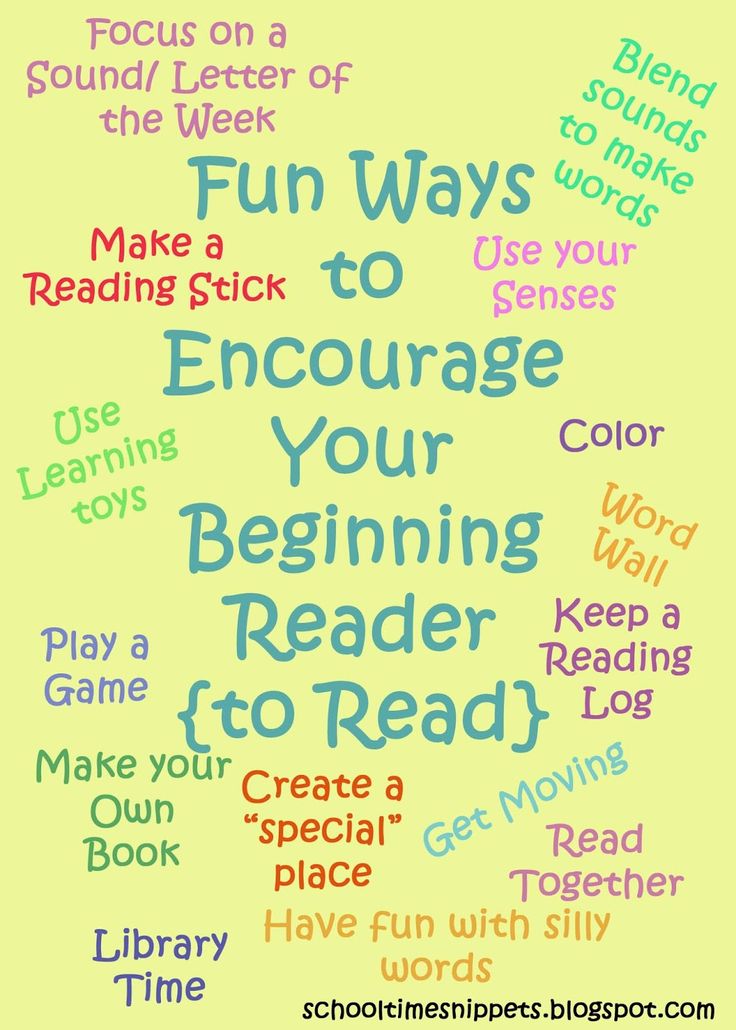 Instead of a generic “thank you”, go the extra mile with this email sign off.
Instead of a generic “thank you”, go the extra mile with this email sign off.
31. Thanks for the consideration
Looking for a way to tell your reader that you appreciate their interest in your product or service? That’s the one!
32. Much appreciated
A good choice if you need to express your genuine appreciation for something the recipient has done for you.
The Unique Email Sign off
33. Looking forward to chatting more about this
Keep the option for further communication open and add a little enthusiasm with a chatty way to end your email.
34. Let me know how things go
If you want to make sure the recipient will answer back then maybe you should create the right chance. Like signing off this way.
35. Don’t hesitate to get in touch if you have any questions.
Pitching an article, an idea, anything? Let your reader know you are open to questions and make them feel more comfortable.
36. Hope your week’s off to a good start
Everyone hates Mondays.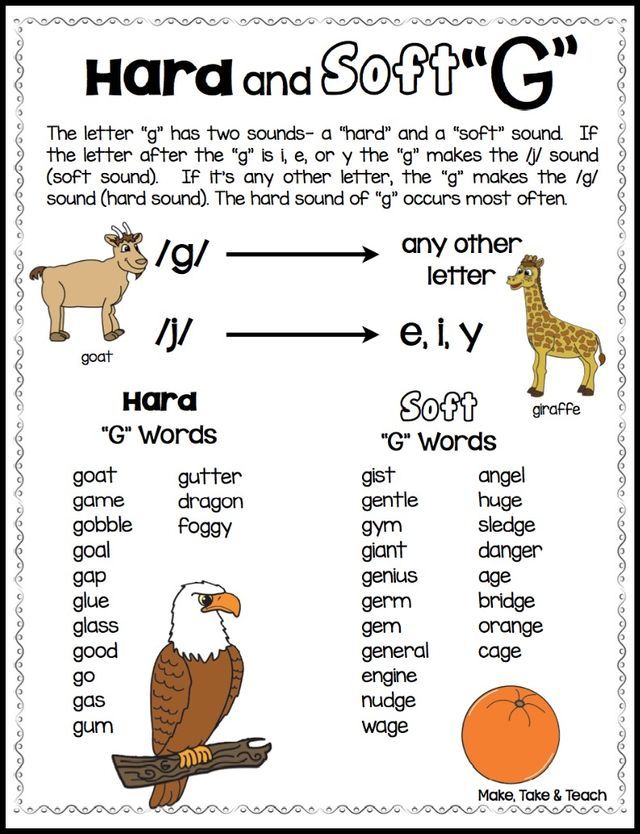 Make your recipient’s Monday a little better with a friendly, cheerful sign-off.
Make your recipient’s Monday a little better with a friendly, cheerful sign-off.
37. Thanks for reading this whole email. Here’s a picture of a kitten.
Reward your readers and make them smile. Super combo.
38. Virtually yours
You gotta love this one.
39. One step closer to Friday
Let’s admit it. Friday is what we all wait for the whole week. Cheer your reader up by reminding them the holy day is close.
40. Congrats on reading this whole email
Lengthy email? Your receiver deserves some recognition!
41. Let me know if you want to chat about this over coffee
I particularly love this one. It strikes me as warm and friendly, while also making a kind suggestion for a casual business meeting.
42. So long, and thanks for all the fish
If the person reading your email
The Creative Email Sign off
If you’re looking for something more unique that will make your reader remember you, we’ve got your back!
42.
 Movie quotes
Movie quotesWon’t hide it, this one hits a soft spot here. Movie quotes are awesome, so why not use them as email sign offs too?
Ok, “May the force be with you” might be a little boring, but how about “I’ll be right here” from E.T. or maybe “After all, tomorrow is another day” from Gone with the wind?
43. Literature or philosophy quotes
Books are a great friend, even when it comes to email sign offs. “Love all, trust a few, do wrong to none.” by William Shakespeare and “It is never too late to be what you might have been.” by George Eliot are some stellar examples of how literature can help you shine in your reader’s inbox.
44. Jokes
Humor is a surefire way to make your email sign-off unique. Say something funny to close your message to make a strong impression on your reader, but make sure you know they will find it funny. You wouldn’t want to insult them, would you?
45. Emoticons
Smiley faces, winks and the likes, they are all becoming widely popular by the time. For some it might brighten their day, others might consider them rude. There’s even a study for using them in work email which you should probably read before hitting those symbols. Whatever you do, make sure you only use them with people you know well.
For some it might brighten their day, others might consider them rude. There’s even a study for using them in work email which you should probably read before hitting those symbols. Whatever you do, make sure you only use them with people you know well.
How They Do It
Email marketing has its fair share of creative (and effective) sign-offs.
Whether it’s a welcome email, an announcement, or a weekly blog digest, the right closing helps you connect with your reader and urge him to make an action, whether that’s checking out your latest e-shop additions, reading your new blog post, or signing up for your webinar.
Need some inspo? Let me just bring my inbox to you.
Tips for the perfect business email
When composing your email sign off there are a few things to keep in mind:
Stay professional
Not all emails are the same! Adjusting the tone you use in your closing is as important as the tone you use in the rest of your email so make sure you use the appropriate closing and avoid casual sign offs like “Cheers”.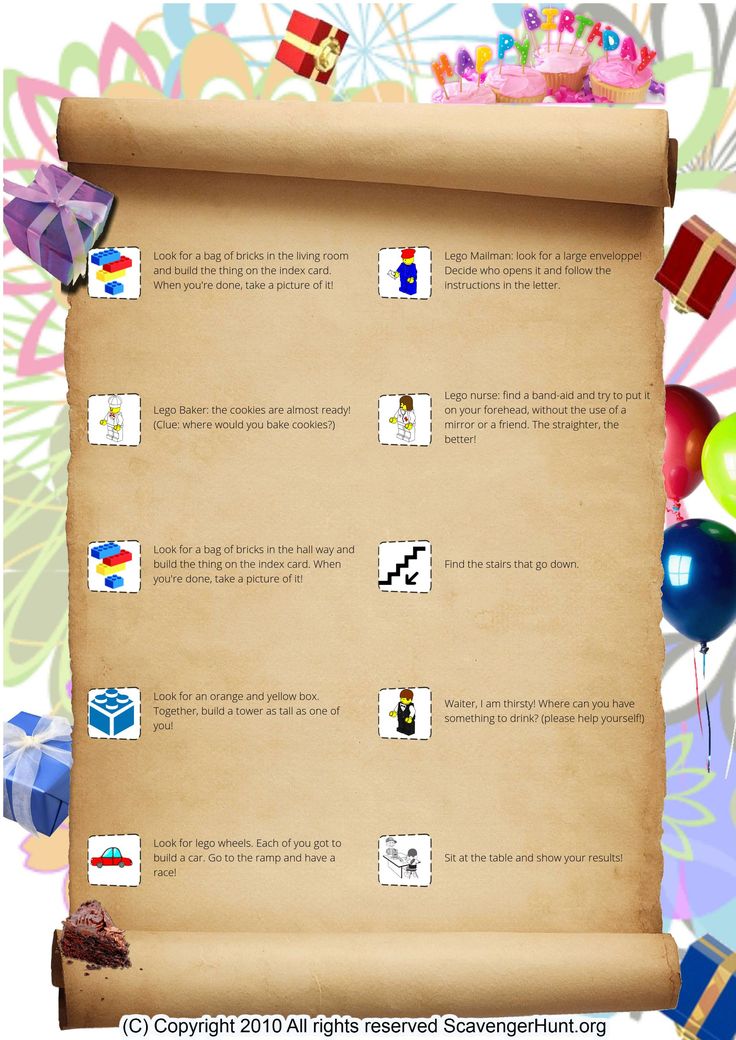
Show gratitude (when appropriate)
Remember that Boomerang study we talked about a little earlier? Well, it’s clear that gratitude can go a long way., if you consider that “thanks in advance” had the best response rate, at 65,7 %.
And it’s easy to understand why. Its effectiveness isn’t only due to the kind tone but also to the fact that it’s addressing a yet-to-be-written response, which perhaps encourages the receiver to reply.
Ending your email like a champ
We’ve talked about email sign offs, but I know and you know that it’s not the only thing that matters in your email ending.
So let’s perfect it once and for all.
After your breathtaking email sign off you should include:
Your full nameAlways end a business email with your full name, unless the recipient knows you well.
This way, your recipient is clear on your identity and is less likely to confuse you with other contacts who have the same first name.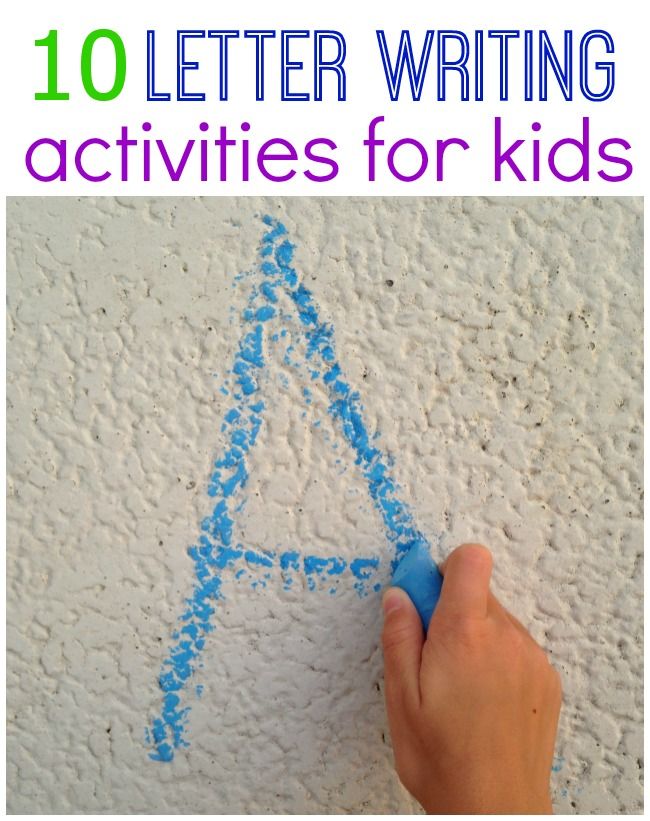
Also, closing an email with just your initials not only is rude but can also confuse the reader. Always include your first and last name, especially in the first correspondence.
Your professional title
For business emails, it is highly recommended to include your professional title when closing. It can prove very helpful, especially if you don’t know the recipient well.
Contact information
Obviously, you don’t need to include your email. But it’s important to give your reader some additional methods of communication, such as your mobile or office number.
Social media
We see this more and more, and in my opinion, it’s as essential as your full name. Adding your LinkedIn account, Facebook, or any other social media that suits you is a great opportunity to introduce yourself and offers extra avenues to continue your business relationship.
That Zest email closing is exactly what I’m talking about.
Over and out
Believe it or not, your sign off matters.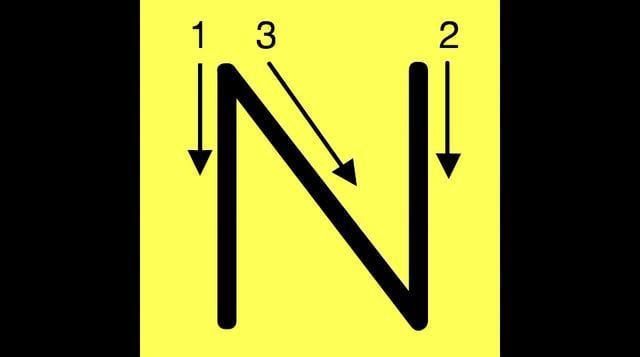 It leaves an impression on whoever receives your email and even motivates them to action.
It leaves an impression on whoever receives your email and even motivates them to action.
So use the list I’ve created wisely and remember: different emails call for different email sign-offs.
What’s your personal favorite?
How to Close a Letter (Tips + Templates)
Since most of today's business correspondence is e-mail, it is extremely important to be able to start and end your letters in a bright way. In this case, the focus is usually on the subject and the beginning of the e-mail message, while the quality of the ending is often overlooked.
However, it should be borne in mind that a good end to a business letter is no less important than a good start. The right closing part can leave the recipient with the impression you want, motivate the reader to take a certain action, in addition, it indicates the sender, his intentions and contact details (to make it easier for the recipient to contact you). Read on to learn how to properly close business letters and check out our list of examples of professional closing words and phrases that will work for you in a variety of situations.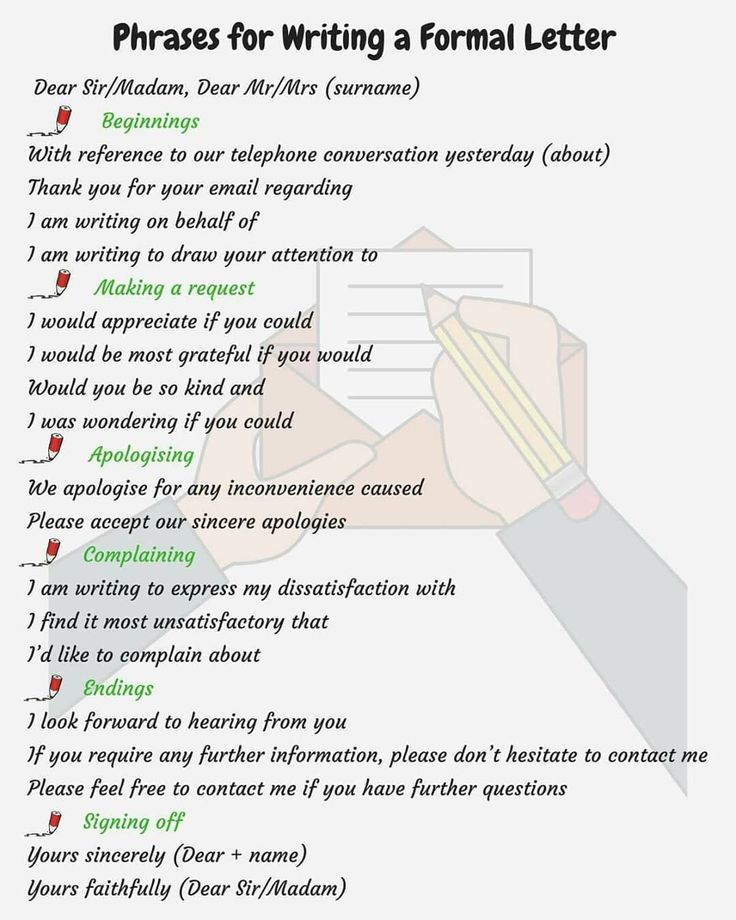
What information to include at the end of your emails
1. Closing line
Before you send your message, make sure it contains a small closing sentence that ensures a smooth transition from the main body of the letter to its ending. In this closing sentence, you can express, for example, your gratitude to the recipient for their time, assure that you are open for further communication. You can also put a call to action in it, or information that you expect a response.
2. Final phrase (conclusion)
Unless the sender has a very close relationship with the recipient, each business letter should contain a professional conclusion, written in a formal business or informal style (the choice of style depends on the type of relationship of correspondents and the specific context communication). The most commonly used conclusions are ‘Regards’ and ‘All the best’ , but we have prepared for you a whole list of similar words and phrases (below), both in formal and informal style.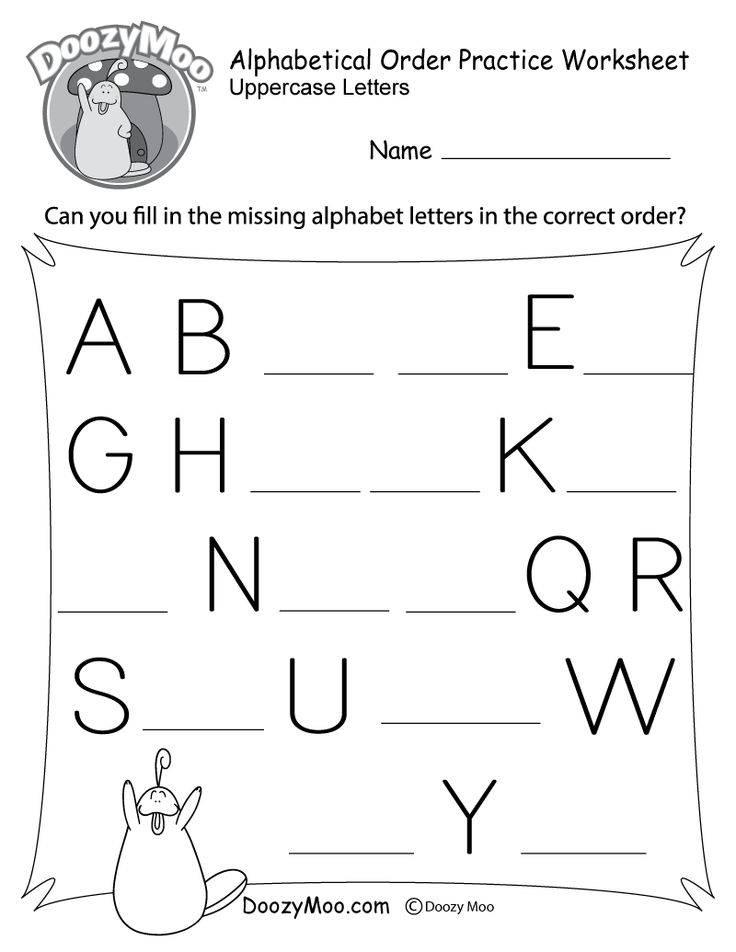
3. Enter your first name
If you are writing to someone for the first time, always include your full last name, first name, and patronymic in the signature of your message. When communicating with colleagues or with people whom you already know and with whom you have corresponded many times, it is enough to indicate only the first and middle name (or just the first name). Note that signing with a pseudonym is not recommended unless your pseudonym is widely known and you would normally use it instead of your real name.
4. Job title and company name
Be sure to include your job title and company name in your signature so that the recipient knows exactly who you are and does not confuse you with someone else, especially if you are sending ' cold emails to potential clients. If you are submitting a resume for an open position, we recommend that you remove your current job information (email address and phone number) from your signature.
5. Contact information
Although the recipient of your message will know your email address anyway, it's always a good idea to include additional contact information in your message signature, such as your direct phone number, because sometimes people prefer to contact through other communication channels.
6. Additional Resources
Links can be placed in a signature. This could be a link to your website, your LinkedIn or other social media profile, a landing page you're promoting, your online portfolio, your online calendar, your latest blog post, and so on.
Examples and templates for closing letters
Professional conclusions and closing phrases
When determining the type of conclusion to use in your business email message, you need to consider who you are writing to and why. If you are not sure which conclusion is best, you should opt for a more formal and standard closing phrase. The most universal are final phrases such as ‘Respectfully’ , ‘Best regards’ , ‘Best regards’ .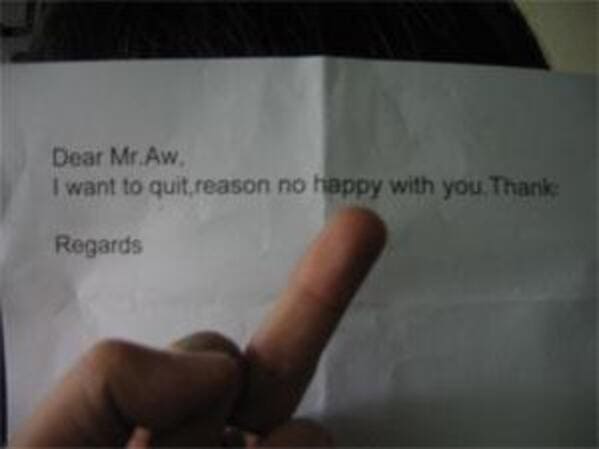 They can be used in any situation and in any letter. In addition, the following are additional examples of phrases that are often used by professionals as e-mail closing phrases:
They can be used in any situation and in any letter. In addition, the following are additional examples of phrases that are often used by professionals as e-mail closing phrases:
Official e-mail closing phrases:
Regards,
All the best,
All the best,
All the best,
My respects,
Best regards,
My best wishes,
Warm regards,
Sincerely yours,
Sincerely,
Looking forward to fruitful cooperation,
Unofficial e-mail closing phrases:
See you,
Until next time,
Let's be in touch,
Bye!
See you later!
Good luck!
Good luck!
Good weekend!
Have a great weekend!
Have a good day!
Have a good day!
Have a nice [day of the week]!
Happy holidays!
Final thanks:
Thank you,
Many thanks,
Many thanks,
Thank you,
Thank you,
Thanks again,
With gratitude,
I really appreciate your [help / input / feedback],
Thanks in advance,
Thanks in advance,
Thank you for your time,
Thanks for your help,
Thank you for your [patience / assistance / time],
LiveAgent combines 's excellent online chat, ticket management system and automation to enable us at to provide our customers with an unrivaled level of support.
Peter Komornik, CEO
E-mail Ending Examples
Depending on the context of your e-mail messages, you might want to put a short end line before your closing phrase. Place one of the following verified closing lines at the end of your message to end your letter on a positive note and let the recipient know that you expect them to respond or communicate further.
Looking forward to hearing from you.
Looking forward to your reply.
Look forward to connecting soon.
I look forward to seeing you next week.
Hope to hear from you soon.
I would appreciate your reply.
Hope your week's off to a good start.
Happy to help if you want to know more.
Please feel free to contact me anytime.
If you have any questions, please email or call me.
If there's anything I can do to help you, just drop me a line
If there's anything I can help you with, just let me know.
If I can be of any further assistance, please let me know.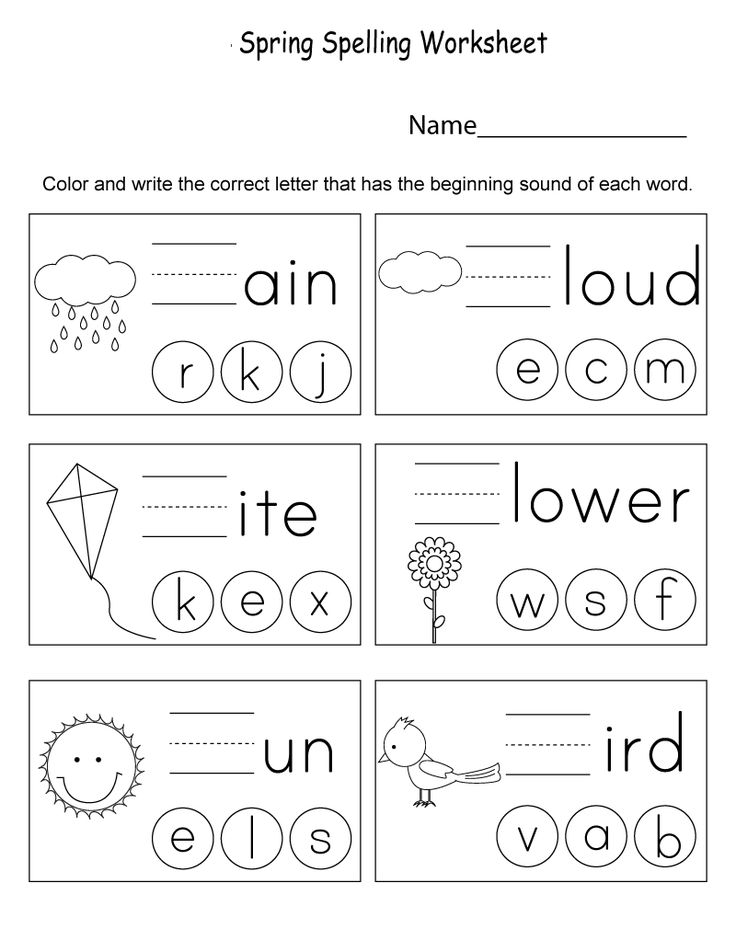
I am at your disposal for any questions or concerns you may have.
You can reach me at [phone number] if there's anything you'd like to discuss.
If you require any further information, you can schedule a call with me using this link.
Do not hesitate to contact us again if there's anything we can help you with.
I look forward to doing business with you in the future.
I enjoyed working with you and looking forward to…
Thank you once more for your help in this matter.
Thank you for taking your time.
Thank you for taking this into consideration.
I'd love to hear your feedback.
I'd really appreciate your feedback on …
Please let me know what you think.
How to Close a Cold Sell Letter
Finding the right way to close a cold letter can be a daunting task, even for a sales professional. Here are a few examples of closing sentences you can use to end your cold sales emails that will help encourage your prospect to respond to you:
“If you’d like to learn more about how [Company] can help you [reach specific goals], feel free to book a time in my calendar here: [link]. I look forward to hearing back from you.”
I look forward to hearing back from you.”
“Are you available for a 10-minute call on [date and time]? Just let me know what works best for you, I'd be happy to work around your schedule.”
“Do you have 5-10 minutes to discuss how we can help [their company] achieve [specific goals]? If so, how does your calendar look this week?”
“It would be great to hear your thoughts and even explore how this [solution/ tool/ strategy] would fit with [their company]. Do you have 15 minutes this week?”
“If you’d like to hear about this in more detail, I would happily spend 30 mins telling you everything you need to know. Just let me know if you have any questions or would like to have a more in-depth conversation.”
Design your own templates
LiveAgent gives you the power to design your own customer email templates, thus helping you to improve the customer service. Curious about all the opportunities?
Try LiveAgent Schedule a demo
How to complete a sales follow-up email
Follow-up messages are a must in any cold email sales strategy. Here are a few examples of how you can professionally complete such a follow-up sales letter to motivate your prospect to respond, even if previous attempts to do so have failed:
Here are a few examples of how you can professionally complete such a follow-up sales letter to motivate your prospect to respond, even if previous attempts to do so have failed:
“If you are the appropriate person to speak with, what does your calendar look like? If not, who do you recommend I talk to?”
“Are you the right person to speak to regarding this? If not, could you help me find the relevant decision maker? I look forward to your response.”
“I would really like to have 20 minutes of your time as I feel we can really add value to your [area of operations]. Can we book a call or a meeting?”
“Have you given any additional thought to my proposal? I’d be happy to do a quick review of it on the phone and answer any and all questions you may have. What time would suit you for a quick conversation?”
“Please let me know when you have had a chance to take a look at this info and would like me to give you a call to discuss. I'd be happy to answer any questions you have.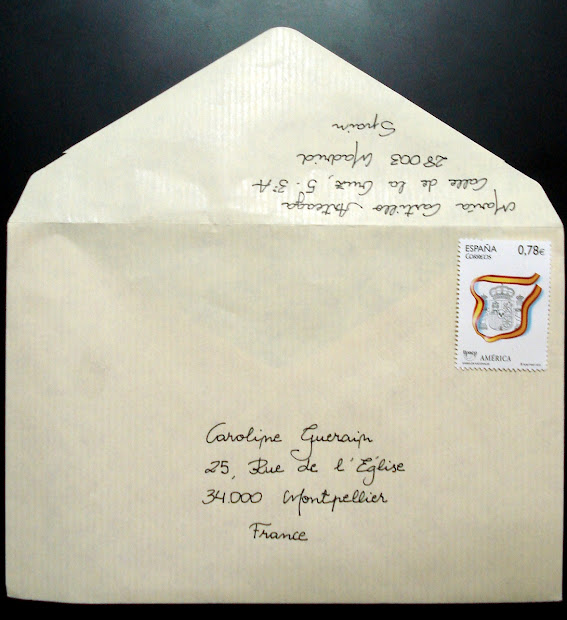 ”
”
How to Complete a After Sales / Customer Welcome Letter
After sales emails and customer welcome letters are one of the most important types of emails in marketing campaigns and are designed to build long lasting relationships with customers. Here's what closing sentences might look like in these types of letters:
“Thanks again for shopping with [Brand]. If you have any questions or need help – let us know! We'll do everything we can to make sure you love your experience with us.”
“If we ever fail to live up to your expectations with the quality of our products, delivery times, or anything else – you can always reach out to our customer support team at [email] or [number].”
“If you’re interested in learning more about your product, feel free to contact me or anyone else on our support team at any time. We're always here to help you in any way we can."
“I’d love to hear what you think of [product] and if there is anything we can improve.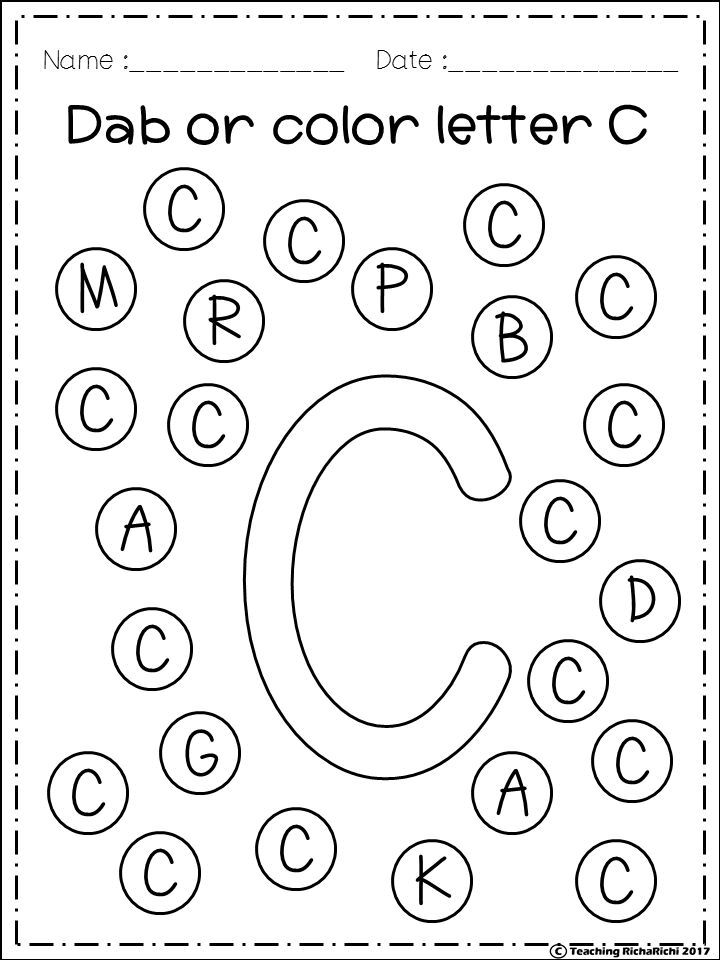 If you have any questions, please reply to this email. I'm always happy to help!"
If you have any questions, please reply to this email. I'm always happy to help!"
“Thanks again for signing up for [product/service]. We're always around and love hearing from you. If you ever need help, have ideas, or just want to say hello, please get in touch, and we’ll get back to you within a few hours.”
How to complete a customer service letter
When closing your customer support letters, you should always encourage your customers to contact you if they have any questions, concerns or concerns and reassure them that you always ready to help them. Here are some useful examples of how you can cleverly wrap up your customer support message.
“I will get in touch with our product team and will get back to you within thirty minutes with a complete answer. In the meantime, let me know if you have any more questions, comments, or concerns.”
“We love to help our customers get the best out of our products. If there's anything else we can assist you with, don't hesitate to reach out.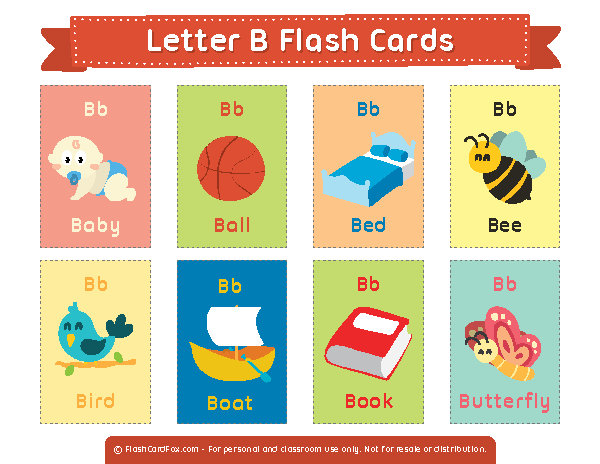 ”
”
“Please, let us know if you still cannot [ … ] so we can help you solve this issue and make sure you enjoy your [tool/ app] as soon as possible. Thanks again for contacting us, we're always happy to help.”
“We’re always here to answer any questions or concerns you may have. Please feel free to contact our support team at [phone number], or reply to this message and we’d be more than happy to help.”
“We would be grateful if you would leave a review on our Facebook page as your insights could help others that are in your shoes. Thanks again for letting us know and feel free to contact us in case you have any questions.”
How to complete a letter of apology
When it comes to writing apology emails and dealing with disgruntled customers, end the email with your apology again and reassure the customer that you appreciate their patience and understanding:
“Once more, I sincerely apologize for the inconvenience . Please contact our customer support team for any further concerns you might have – our agents are always here to help.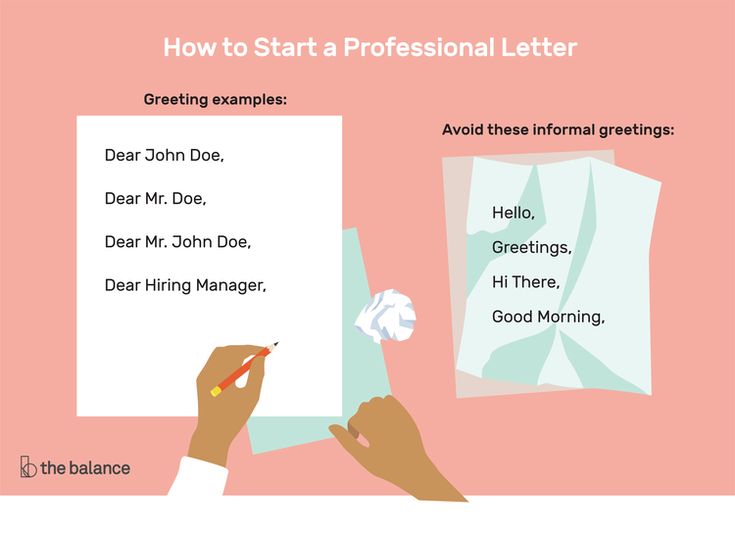 ”
”
“I have relayed your feedback to the rest of the team and can assure you that this mistake won’t happen in the future. That said, if there's anything else I can help you with at the moment, please feel free to reach out and I would be more than happy to help.”
“Thank you again for your patience and for bringing the issue to our attention. In the meantime, we're going to give you [details of your offer] as an additional apology. If there are any other issues that need to be addressed, please don’t hesitate to contact us.”
“Thank you for your patience and understanding. Rest assured, we are doing everything in our power to not let this happen again. If you have any more questions or come across any other issue, let me know, I'll be happy to help.”
“Once again, accept our apologies. We sincerely appreciate your understanding in this matter. Please feel free to reach out to me with any questions you may have – I’m just an email away!”
Conclusion
The end of the letter is usually just a closing comment or a short closing sentence followed by your signature.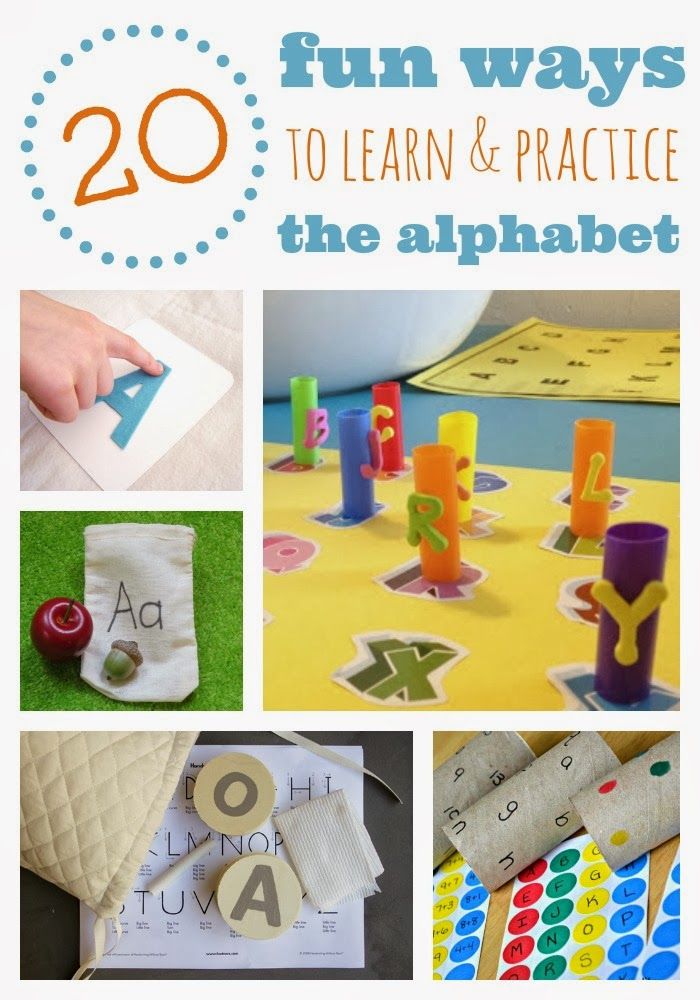 At the same time, sometimes it takes a lot of effort and time to find the right words and intonation to complete the letter in the right way. And how you end your letter can actually play a major role in whether the recipient responds to you or not. The ability to properly complete professional business letters is the key to effective business communication, as it allows you to leave a positive impression on your readers and increase the likelihood of a response to your letters. And if you're not sure how to end your business email, the examples above can be very helpful.
At the same time, sometimes it takes a lot of effort and time to find the right words and intonation to complete the letter in the right way. And how you end your letter can actually play a major role in whether the recipient responds to you or not. The ability to properly complete professional business letters is the key to effective business communication, as it allows you to leave a positive impression on your readers and increase the likelihood of a response to your letters. And if you're not sure how to end your business email, the examples above can be very helpful.
Frequently asked questions about email endings
Why is email ending important?
Since the end of your letter is what your recipient will read last, it can be a great motivation for him to answer the letter promptly, or decide whether he will answer your letter at all. By ending your letter appropriately, politely, and professionally, you increase your chances of getting a positive response.
What closing phrases are considered inappropriate in business correspondence?
Even if you have established an informal relationship with the recipient, you should still avoid being unprofessional when using closing phrases in any business communication with him. Such 'unprofessionalism' includes such conclusions as 'God bless you' (or any other phrases related to religion), 'Hello!' (or any other slang expressions), 'SPS' (or any other abbreviations), 'Dosvidos' (or any other informal final expressions), 'Yours forever' / 'Lovely' (or any other phrases expressing affection ).
How should the end of e-mail messages be formatted?
Just as it's important to choose the right words to finish your business letter professionally, it's equally important to format it properly to leave a positive impression on the reader. Don't forget to put a comma after your closing phrase, then add a space and enter your full name, then your job title, company name, and at the very end, whatever contact details you want to include.
Try LiveAgent now
We offer you assistance in transferring your data to us from the most popular third party Help Desk systems.
Over 3000 reviews
{ “@context”: “https://schema.org”, "@type": "FAQPage", "mainEntity": [{ "@type": "Question", “name”: “Why is the end of email messages so important?”, "accepted Answer": { "@type": "Answer", “text”: “Because the ending of your email is what your recipient will read last, it can be a great motivation for him to respond quickly, or decide whether he will respond to your email at all. By ending your letter appropriately, politely, and professionally, you increase your chances of getting a positive response.” } }, { "@type": "Question", “name”: “What closing phrases are considered inappropriate in business correspondence?”, "accepted Answer": { "@type": "Answer", “text”: “Even if you have established an informal relationship with the recipient, you should still avoid being unprofessional when using closing phrases in any business communication with him.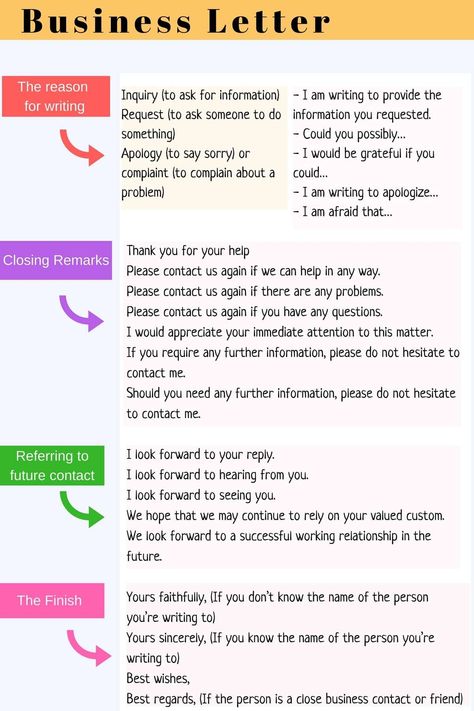 Such 'unprofessionalisms' include conclusions such as 'God bless you' (or any other phrases related to religion), 'Help!' (or any other slang expressions), 'SPS' (or any other abbreviations), 'Dosvidos' (or any other informal closing expressions), 'Yours forever' / 'Lovely' (or any other expressions of affection).” } }, { "@type": "Question", "name": "How should the end of email messages be formatted?", "accepted Answer": { "@type": "Answer", “text”: “Just as important as it is to choose the right words to finish your business letter professionally, it is equally important to format it properly to leave a positive impression on the reader. Don't forget to put a comma after your closing phrase, then add a space and enter your full name, then your job title, company name, and at the very end, whatever contact details you want to include.” } }] }
Such 'unprofessionalisms' include conclusions such as 'God bless you' (or any other phrases related to religion), 'Help!' (or any other slang expressions), 'SPS' (or any other abbreviations), 'Dosvidos' (or any other informal closing expressions), 'Yours forever' / 'Lovely' (or any other expressions of affection).” } }, { "@type": "Question", "name": "How should the end of email messages be formatted?", "accepted Answer": { "@type": "Answer", “text”: “Just as important as it is to choose the right words to finish your business letter professionally, it is equally important to format it properly to leave a positive impression on the reader. Don't forget to put a comma after your closing phrase, then add a space and enter your full name, then your job title, company name, and at the very end, whatever contact details you want to include.” } }] }
Back to templates Register for FREE
How to finish writing an e-mail correctly to get a better chance of a positive response
E-mails have long been an important and integral part of modern life. Whether you email to friends or work, the fact remains that you have to deal with them quite often.
Whether you email to friends or work, the fact remains that you have to deal with them quite often.
| Apple in Telegram and YouTube. Subscribe! |
💚 BY TOPIC: What do billionaires read? 10 favorite books of leaders of world corporations.
That's why you need to pay attention to what your e-mail is. It takes time to set it up. You also need to think about how to finish writing an email correctly.
Below we'll look at some of the best e-mail signatures that are best suited for professional communications support. We will also talk about why it is so important to have a signature in an email sent for business purposes.
💚 RELATED: 50 examples of bad design.
The need for a good e-mail ending
There are several reasons why you need to end your e-mail properly:
- Not having a proper signature can come across as rude or camouflaged.
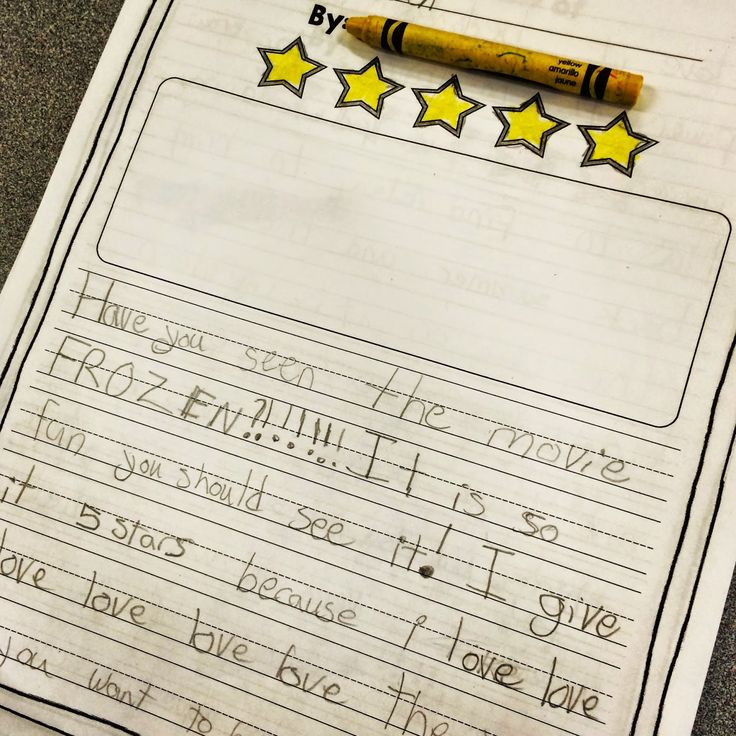
- If you send an email to the company that posted the vacancy, there is a good chance that the message will end up in the hands of the appropriate HR manager. You need to show your professionalism to unknown third parties.
- A good email signature can also increase your chances of getting a response. A call to action, such as “Thank you for taking the time to read my resume. Looking forward to hearing from you,” may act as a clue.
When you sign an email, the correct format should be something like this:
- Closing line. Usually it expresses some kind of gratitude or a call to action.
- Closing greeting, such as "Best regards" , "Respectfully" or "Sincerely" . The type of your signature in an email depends on its context and the length of the email chain.
- Your full name under the closing salutation. This will help you understand who is sending the email.
- At the end of the signature, you must leave information about your contacts.
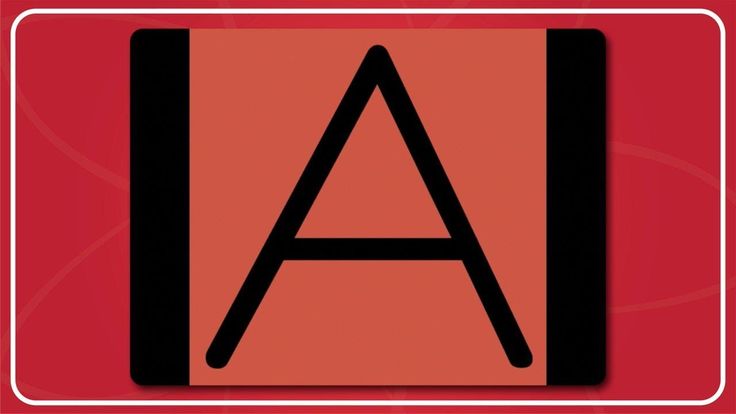 This can be an email address, a link to a website and social media (if applicable), a phone number, etc. This will give the person reading the letter information about additional ways to contact you.
This can be an email address, a link to a website and social media (if applicable), a phone number, etc. This will give the person reading the letter information about additional ways to contact you.
💚 BY TOPIC: How to create a separate signature for each E-mail box, on iPhone or iPad.
Note . Pay attention to which type of email signature suits your communication style. Closing sentences should reflect the situation in terms of professionalism and tone. They should also sound authentic to you and your "voice".
💚 BY TOPIC: How to see what queries you entered into Google search and, if you want, delete them or prevent tracking.
Different types of email signatures and when to use them
Before choosing a more appropriate signature, use the following tips to figure out what tone you should set in your email.
- Are you in contact with a new business partner?
- Does your recipient tolerate informal communication?
- Do you know the person you contact directly?
- Have you emailed him before?
Different types of businesses require different styles of email communication. It's always safer to act professionally and formally, but on the other hand, you run the risk of sounding too dry and harsh and not having a personal touch.
You also need to decide on the length of your email signature. For example, an introductory email will require a deeper call to action. Written communication with your colleagues can be informal.
💚 BY TOPIC: Why you should plan your life years ahead.
Universal ways to end an email that work
Best regards
- Any use of the word "best" is usually a safe bet. This is a regular electronic signature, suitable for both ordinary and official occasions.

- However, research by statisticians has shown that this signature has a lower than average response rate. So keep that in mind when you use "Best regards" .
In general, this kind of email signature would look something like this:
Best regards, full name
Regards
- "Respectfully," is another common way to end an email. Such a signature is well suited to formal business situations.
- "Regards" would be a good way to end an email if you are applying for a new job with the company. This emphasizes your sincere desire to cooperate.
- You are also sincere in your hope to hear the answer from the other person. So it looks natural.
In general terms, the letter will end something like this:
Sincerely, Full name
All the best
“All the best” risks seeming too harsh. If you're sending an email to someone in a formal business situation, then "All the best" (All the best) would be appropriate.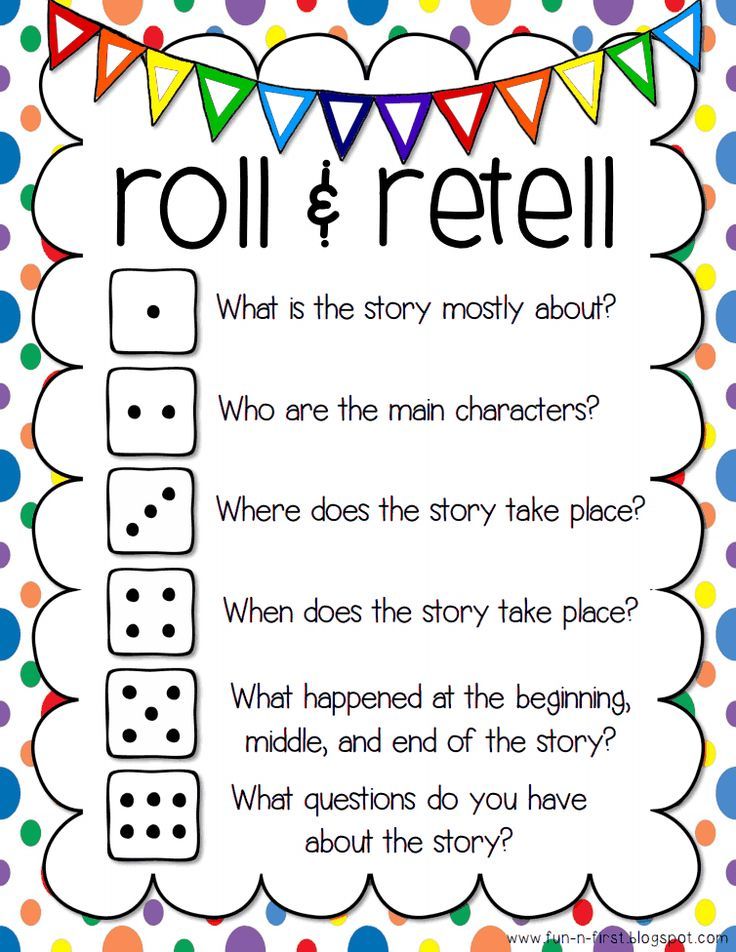
Such an email signature would look like
Hello
Sincerely, Full name
Other common ways to end an email:
- Thank you
- Warm regards
Again, to match the mood and tone of the email when it comes to picking the email signature that works best. These external factors can affect your success.
💚 BY TOPIC: Warren Buffett's 5/25 rule - highlight the most important things in life.
About using "Thank you"
While simply saying "thank you" in a caption seems like a good way to get a response, there are actually conflicting reports about the overall effectiveness of this option. In fact, "Thank you" can seem casual and out of place, especially in an introductory letter. It is best to match the required style of speech and manner of communication so that your “Thank you” really looks appropriate.
💚 BY TOPIC: Who has the most followers on Instagram - the 40 most popular accounts.
Common ways to end an email that don't work
We should also talk about a few ways you should never end your email.
Your friend or Yours sincerely .
If this is not a personal letter or a message not to your friend at all, then such a signature looks insincere. "Sincerely yours" sounds very informal for most business correspondence.
Sent iPhone .
"Sent from iPhone" may be perceived as either an outdated joke, or a desire to show off the possession of a status smartphone, or signs of technical illiteracy (laziness), which does not allow changing the default personal signature. Such a signature in any case looks tasteless and disrespectful.
Take care of yourself.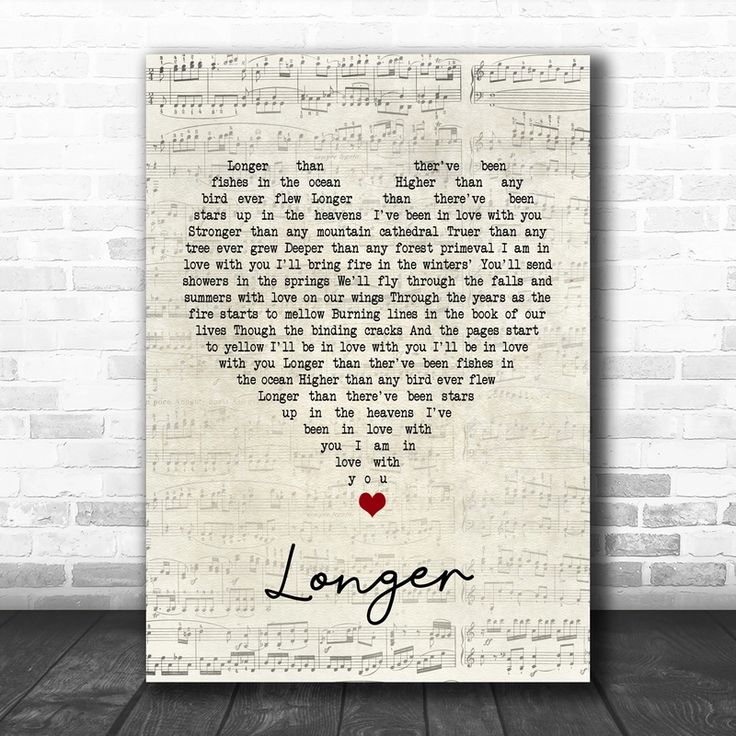
Communications professionals believe that the phrase "be careful" can cause anxiety in the recipient of an email. Such words subconsciously inspire a person that something is wrong with him, he has hidden health problems. This will result in a lower response level.
💚 BY TOPIC: 74 healthy habits for feeling good, having a healthy mind, and great relationships.
The Importance of an Email Signature
As we have already mentioned, a professionally crafted email must end with a signature. We have already talked about what you should include in this signature, but we want to emphasize that this element of the letter is important. In fact, the signature is your public face. It is on its basis that other people will form their first impression of you, especially if you work remotely.
Think of a good e-signature like choosing what to wear to an interview. You must do your best to pass it.